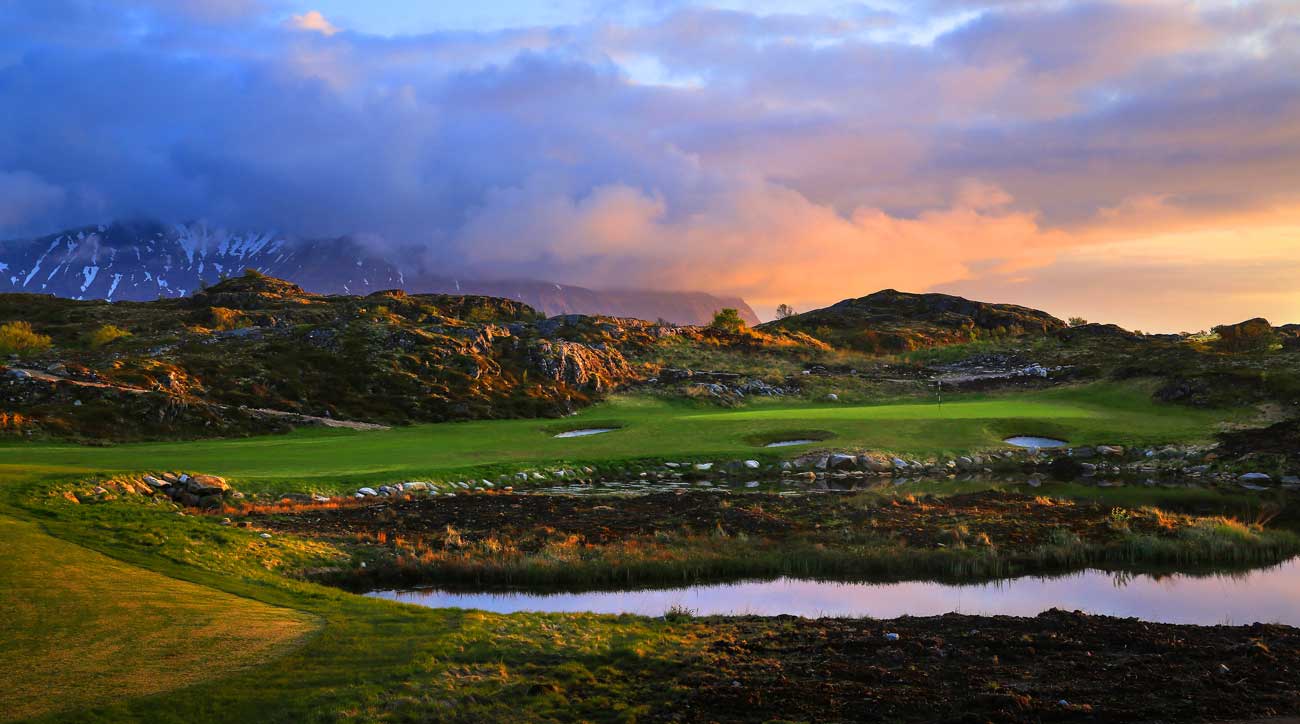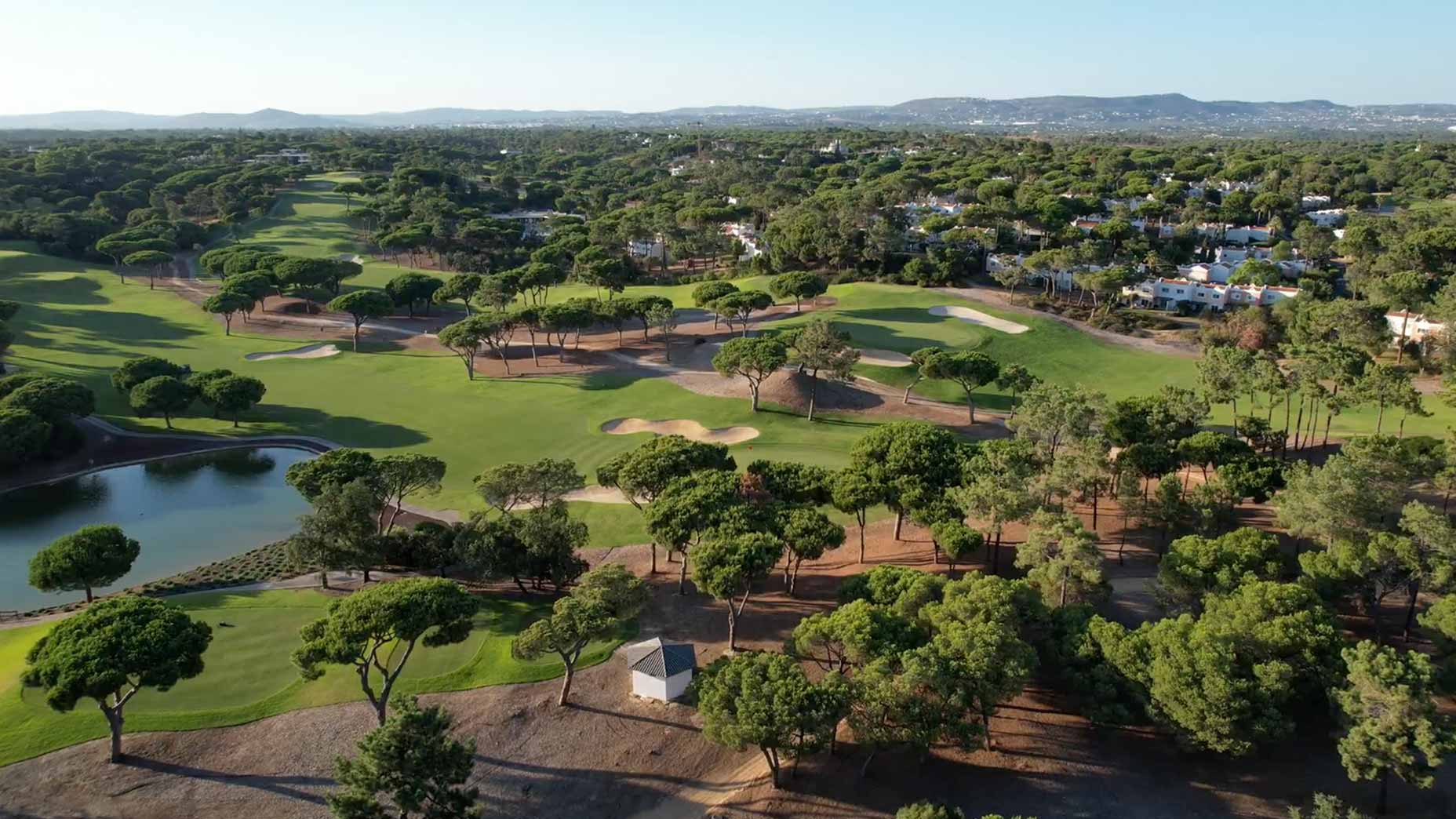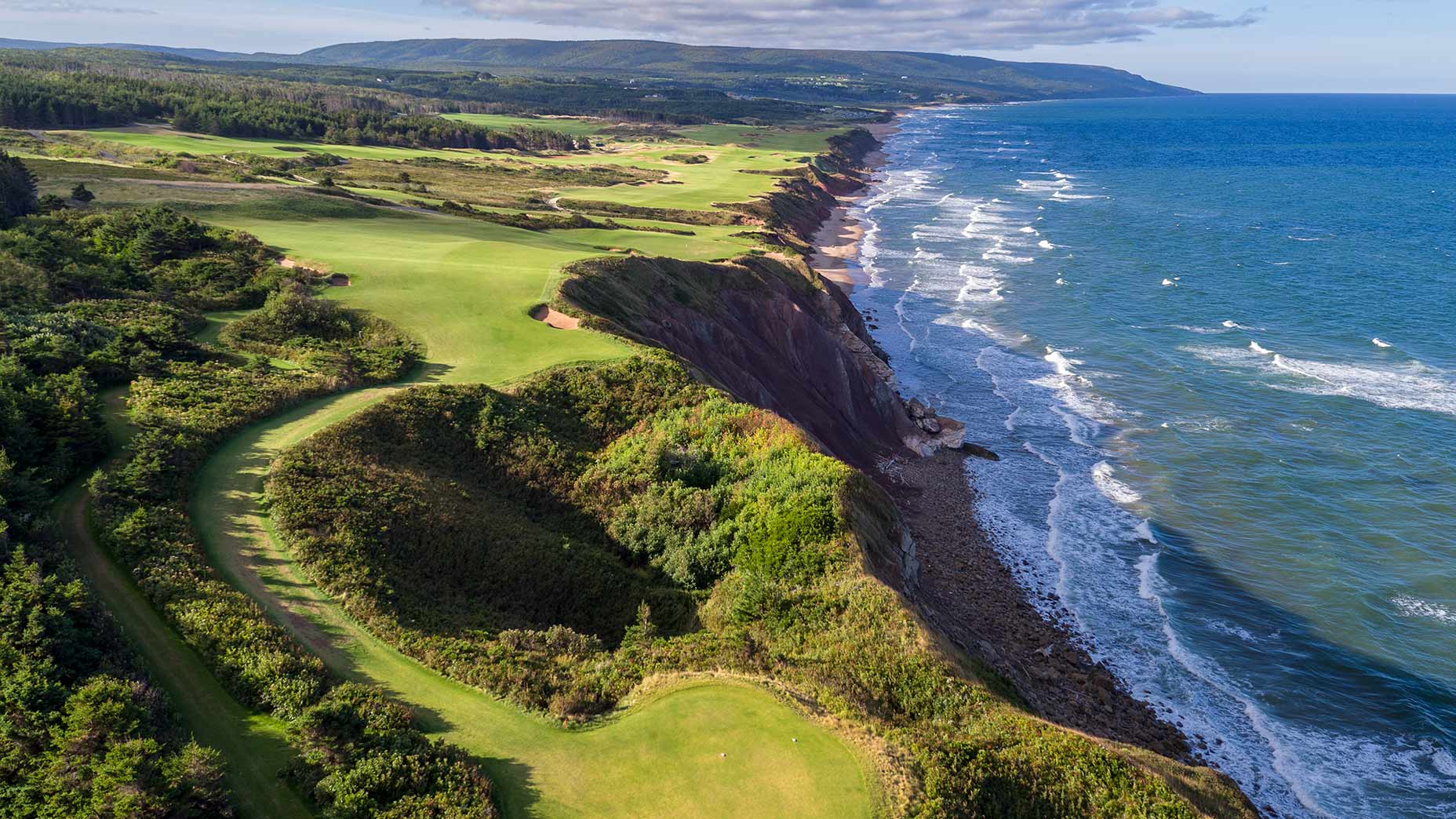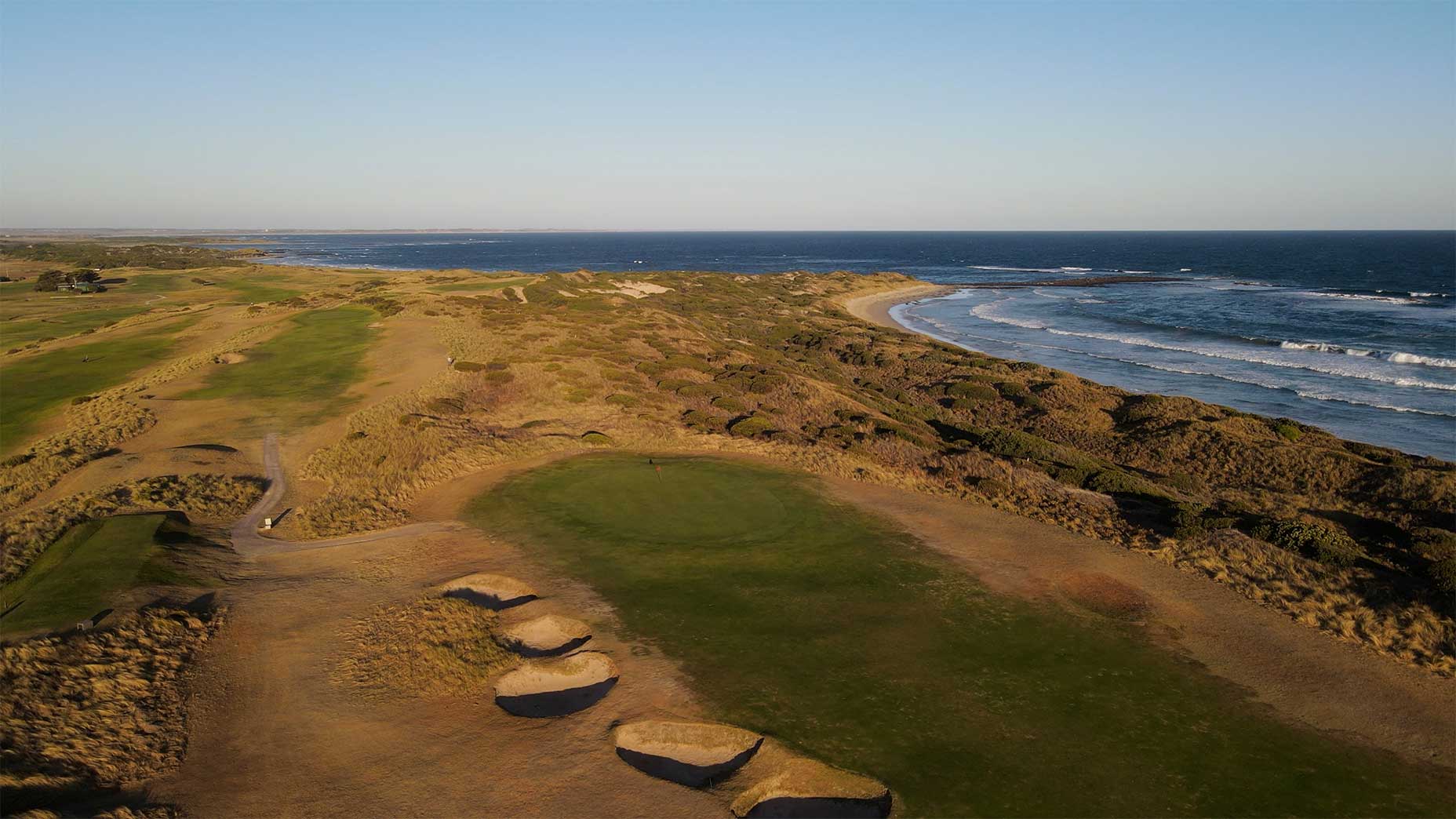For much of his life, Ben Cowan-Dewar has been traveling the world, acquainting himself with spectacular golf courses in remote locations. As the co-founder and CEO of The Cabot Collection, a leading developer of luxury golf resorts, he has helped shape many such properties, too.
In all his globe-trotting, though, Cowan-Dewar says, he has never been anywhere like Lofoten Links.
“It’s the most beautiful place I’ve ever seen,” he says.
A seaside design, situated north of the Arctic Circle, in a tiny island town in Norway, the course traces its origins to the early 1990s when the architect Jeremy Turner was enlisted by Tor Harald, a local farmer with a love for golf, to design golf holes on his family’s land. After Harald’s untimely death, the land went to his son, Frode Hov, who continued working with Turner on the project, which gestated for more than two decades, expanding over time. In 2015, Turner put the final touches on the full 18.
As it evolved, Lofoten Links caught the eye of aficionados, Cowan-Dewar included.
“There aren’t a lot of people in the golf world who have built courses in remote places hoping that people will find them,” Cowan-Dewar says. “So we tend to know each other.”
On his first trip to Lofoten (pronounced luh-FOO-ten) Links, in the summer of 2019, Cowan-Dewar joined Hov on the first tee at 11 p.m., with the sun slung low but not about to set. Mountains loomed behind them. Before them stretched the Norwegian Sea.
“It was magical,” Cowan-Dewar says. “We probably finished at around 2 a.m., and in all that time, the sun never hit the horizon line.”
In early 2020, Cowan-Dewar and Mike Keiser, a co-founder of Cabot and the developer of Bandon Dunes, considered making an offer to acquire Lofoten Links. But when the pandemic hit, they opted to focus on their own assets instead. As Covid lingered and golf boomed, Lofoten only gained in acclaim. In 2023, it debuted on GOLF’s roster of Top 100 Courses in the World, ringing in at No. 88.
Two months ago, Cowan-Dewar, busy with multiple Cabot projects, returned to Lofoten Links and played another round under the midnight sun. The visit reaffirmed his confidence in another deal he’d been working on, which has now been made official.

On Monday, Cabot announced a “strategic investment” in Lofoten Links, a move that Cowan-Dewar says “effortlessly aligns with our vision of delivering world-class golf and experiences across the globe’s most remarkable destinations.” Without specifying its scope, Cowan-Dewar describes the investment as “meaningful” and says that he expects it to grow over time. For now, he says, the financial injection will focus on “stuff on the margins of what is already a spectacular destination” whose existing amenities include Nordic-style lodges and an on-site restaurant.
For Cabot, the deal comes amid a period of headline-making international growth. Earlier this summer, the company established its first foothold on continental Europe when it purchased Golf Du Medoc Resort, which it has refashioned into Cabot Bordeaux, adding to a portfolio that includes Cabot Cape Breton in Nova Scotia; Cabot Saint Lucia in the Caribbean; Cabot Revelstoke in British Columbia; Cabot Citrus Farms in Florida; and Cabot Highlands in Scotland.
The guiding philosophy of remote-golf development, popularized by Keiser at Bandon and embraced by Cabot, holds that if one course is good, two courses are better. Whether Cabot’s investment in Lofoten Links will lead to another layout is still to be determined, though Cowan-Dewar says that “we have looked at land for additional golf and it’s certainly in our playbook.”
For now, though, he says, any changes will be refinements of “food and beverage and other things that we’re pretty adept at.”
“It’s mostly about rounding out the destination and helping it achieve its full potential,” Cowan-Dewar says.
Along with golf, Lofoten Links offers such activities as horseback riding, hiking and kayaking. And though the golf season runs for less than half the year, from May to October, that timeframe is deceptive, Cowan-Dewar notes, because for several of those months, it stays light 24 hours a day, creating more capacity than the calendar suggests. And after the midnight sun of summer come the northern lights of autumn, one of the wonder’s of the world, bedazzling the sky over the course.
“It’s an experience every golfer needs to have,” Cowan-Dewar says.
For more information, visit The Cabot Collection and Lofoten Links.










